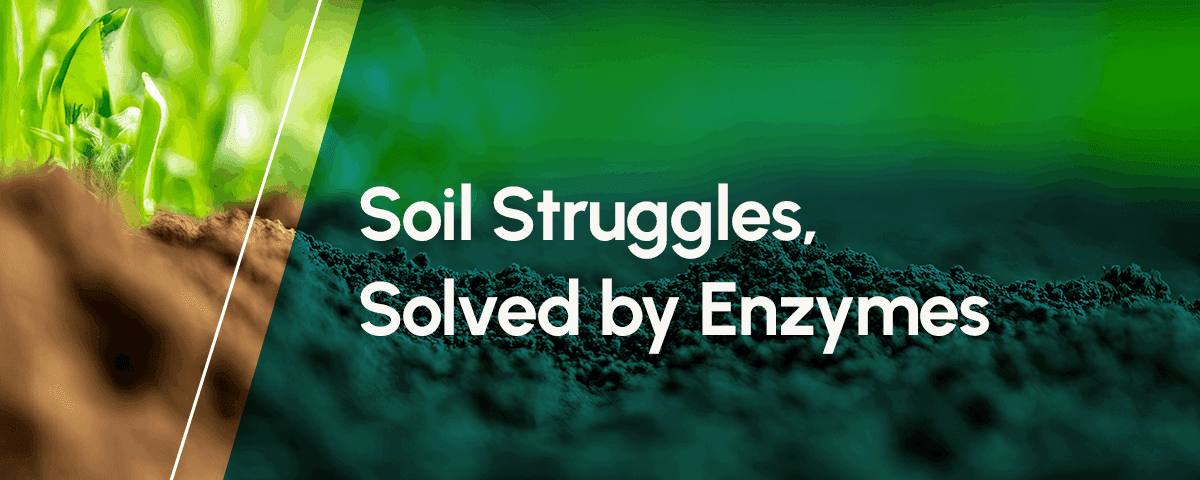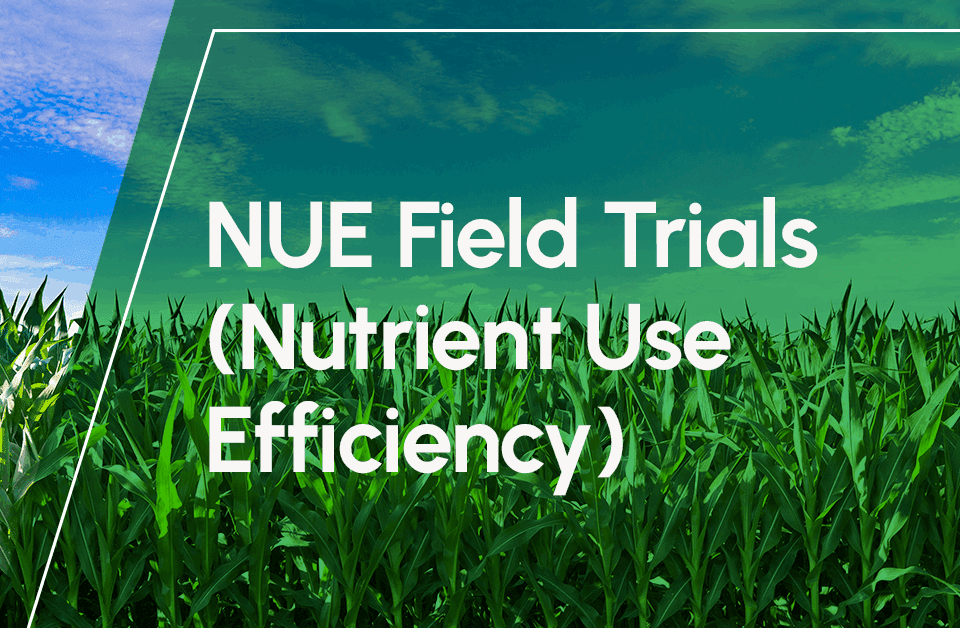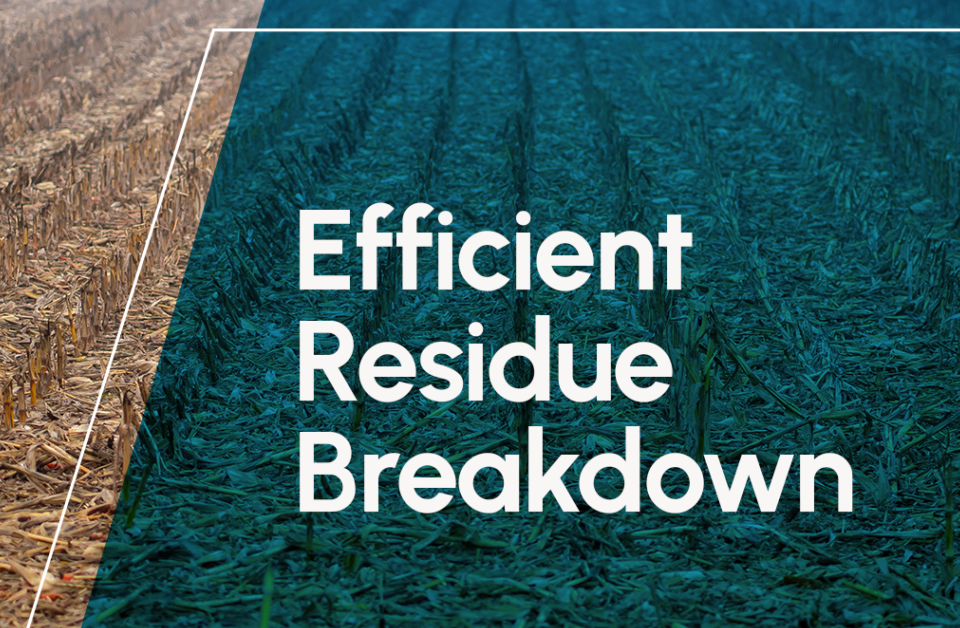
Data in Service to Science and Commerce

Elemental Enzymes Appoints Matt Werner as Chief Commercial Officer
We know how important nutrients are to a successful crop. But here’s the catch: Many nutrients in soil are locked away in forms that plants simply can’t use. Some get tied up soon after synthetic fertilizers are applied. In healthy, living soil, nutrients are constantly cycling, made available by microbes and plant roots working together, with enzymes playing a key role in that process.
Enzymes are natural catalysts produced by both plants and microbes to help access nutrients stuck in the soil. Think of them as tiny “unlock” buttons. Because enzymes play such an essential role in soil function, they’re even considered indicators of soil health.
Unlike animals, plants and microbes don’t move readily. That means the soil around them has to “work” for them. So, they send out enzymes into the soil, trying to unlock nearby nutrients. When enzymes are active and abundant, more nutrients are made available right where the plant needs them.
Think Differently About Soil Health
Plants need nutrients. Microbes need nutrients. But they don’t always have the same goals. Growers often add microbes to soil with the intent of improving nutrient cycling or boosting plant vigor — but microbes are living organisms with their own survival instincts. Sometimes their actions, or lack thereof, don’t line up with what farmers need them to do.
What if we could cut out the uncertainty? By delivering enzymes directly, we skip the step of hoping microbes will make the right enzymes at the right time. We give the plant exactly what it needs, when and where it needs it.
It’s not about replacing biology — it’s about enhancing it. Microbes still matter, but enzymes are the key to how microbes function, especially for unlocking key nutrients including nitrogen and phosphorus.
The Cost of Not Using Enzymes
Enzymes are remarkably consistent. Unlike living organisms that respond to conditions, enzymes perform the same function over and over, speeding up the conversion of hard-to-access nutrients. That means:
- Nutrients are released faster
- Nutrients are made available in the root zone
- Plants get what they need, when they need it, especially during critical early growth stages
If you’re not using enzymes, you are leaving potential yield on the table and missing opportunities to reduce nutrient waste and improve ROI.
How Enzymes Work in Soil
Enzymes drive nutrient cycling. For example:
- In the nitrogen cycle, enzymes help convert nitrogen from one form to another, so plants can uptake it more easily
- With phosphorus, enzymes break the bonds holding phosphate in organic material, releasing it into a form the plant can absorb
These reactions happen all the time in healthy soils, but they can be boosted in agricultural soils by adding the right enzymes at the right time and place.
Best Application Practices
Enzymes don’t move far in soil — so placement is everything. To get the most benefit:
- Apply enzymes in-furrow, 2×2, or directly on/with the seed
- Avoid broadcast applications, as enzymes need to be near the roots to work effectively
- Think of enzymes like a support crew for early plant development; They work best when applied at planting
Why Add Enzymes to Your Crop Plan
Adding enzymes can impart measurable benefits:
- Increased N, P, and K levels in plant tissues
- Improved root zone fertility, supporting stronger early growth
- Healthier microbial activity, as released nutrients also feed beneficial microbes
- More efficient use of applied fertilizer
All of this leads to a stronger plant, a healthier soil system, and potentially higher yields.
What We Offer
At Elemental Enzymes, we deliver enzyme technology through a variety of grower-friendly formats:
- Seed treatments
- In-furrow liquid products
- Planter box options
- Soluble fertilizers
These tools are designed with a single goal: To get enzymes to where they can be the most effective, close to the seed and root system.
Where to access our Enzymes
Elemental Enzymes’s proprietary technology is integrated into commercially available products from several trusted partners on millions of acres annually. Currently, our enzymes are offered in application types such as planter box, seed treatment, sidedress, and in-furrow applications through major distributors throughout the U.S. and Australia.
Ask your trusted advisor about how you are engaging enzymes in your crop plan.




